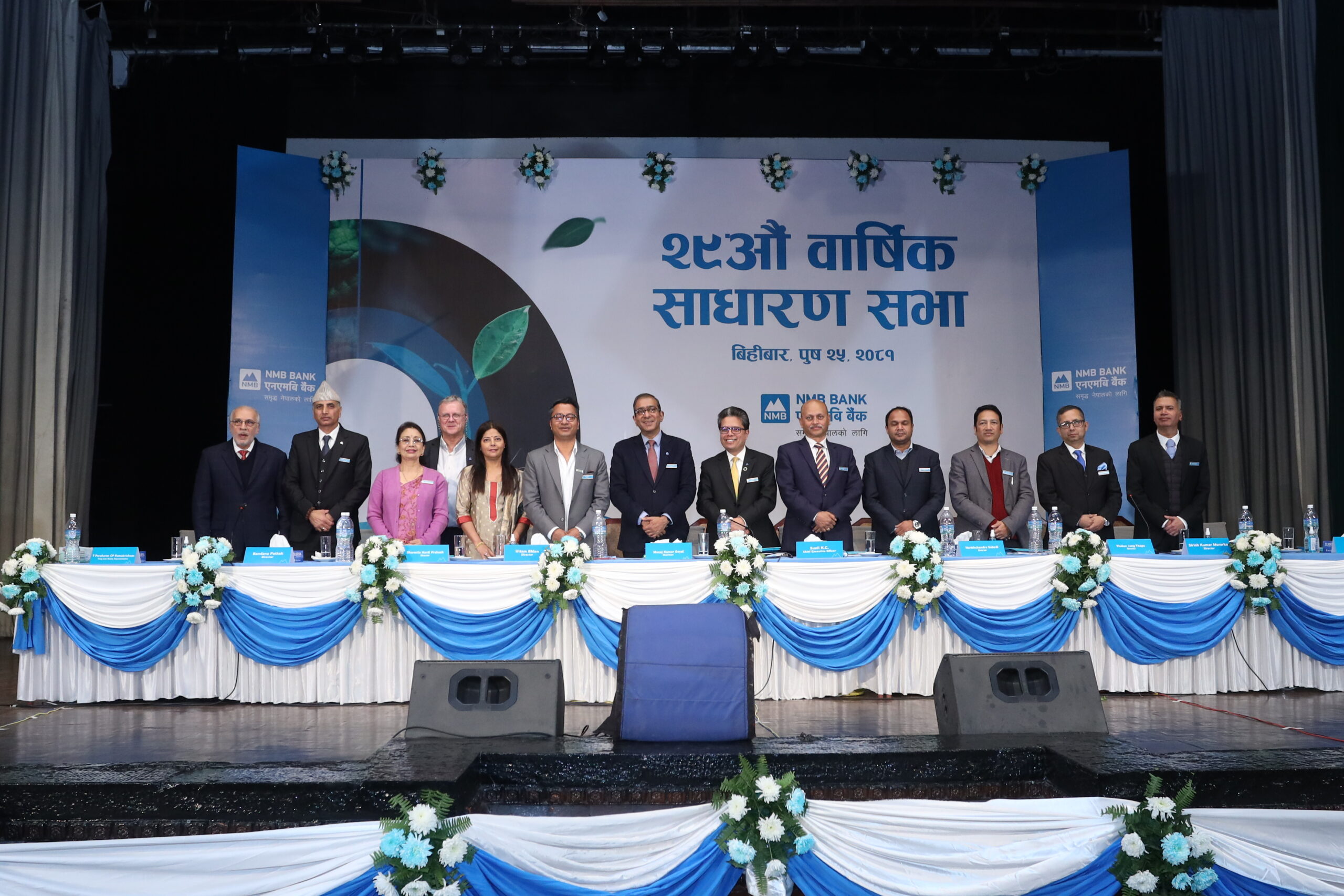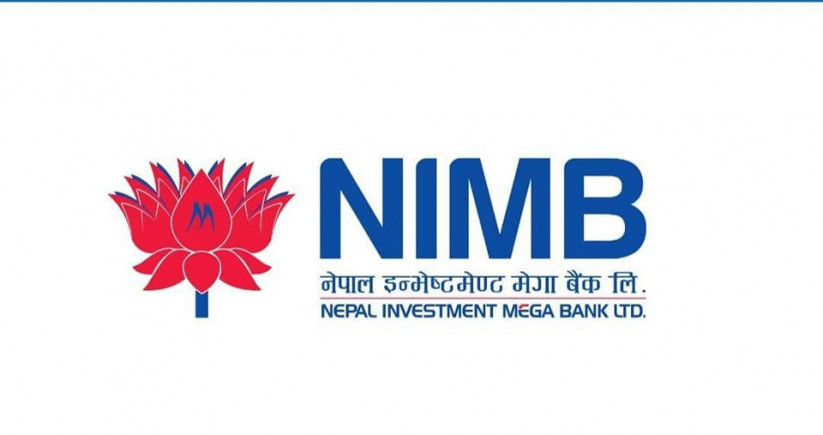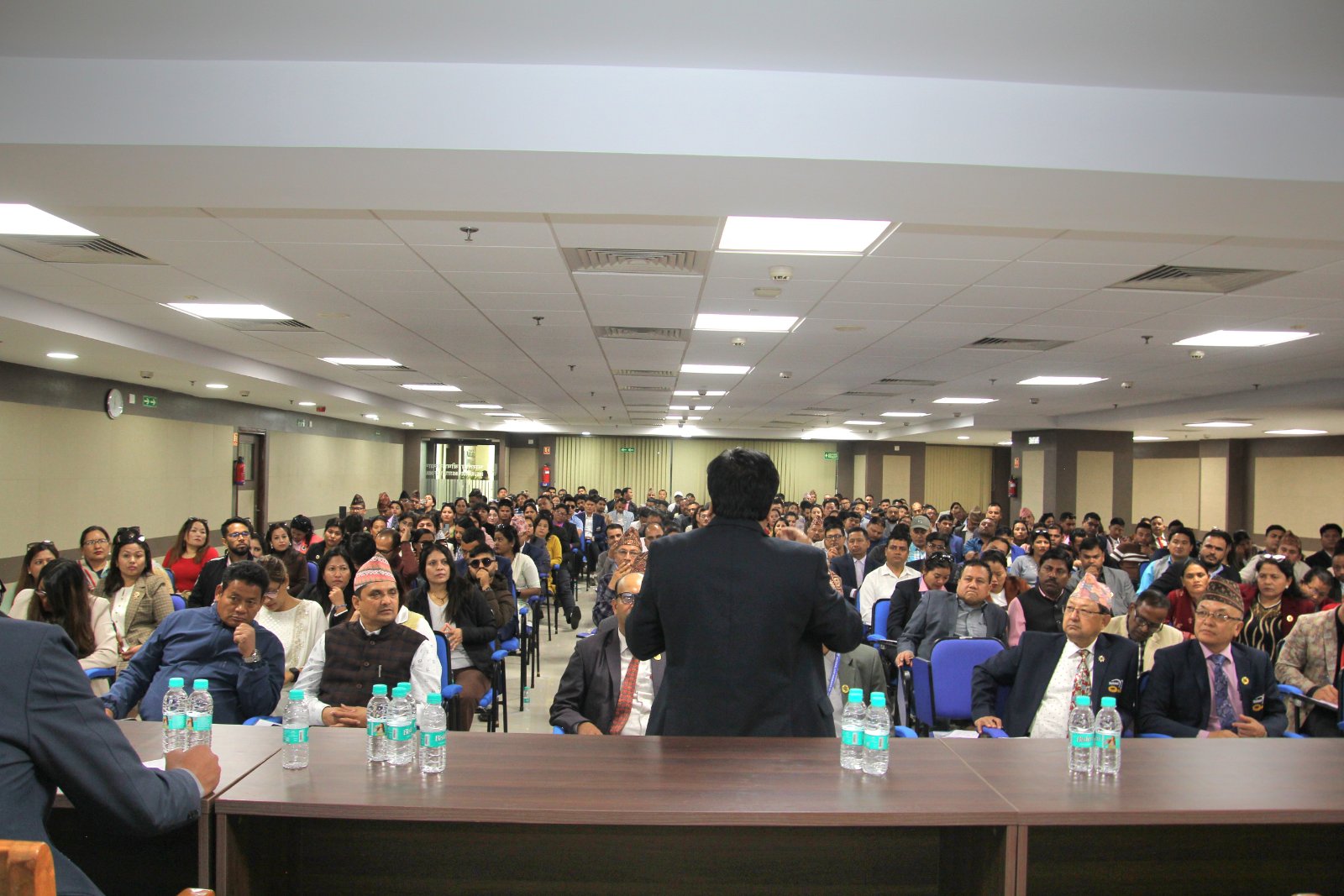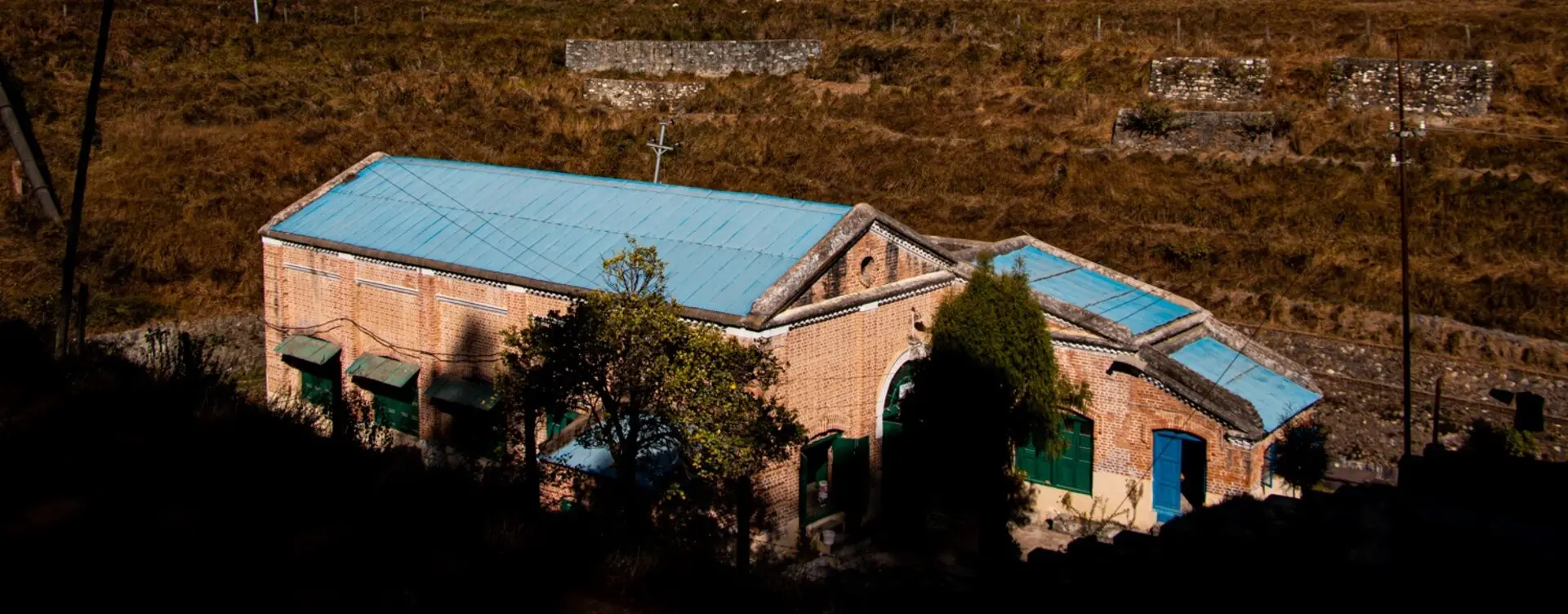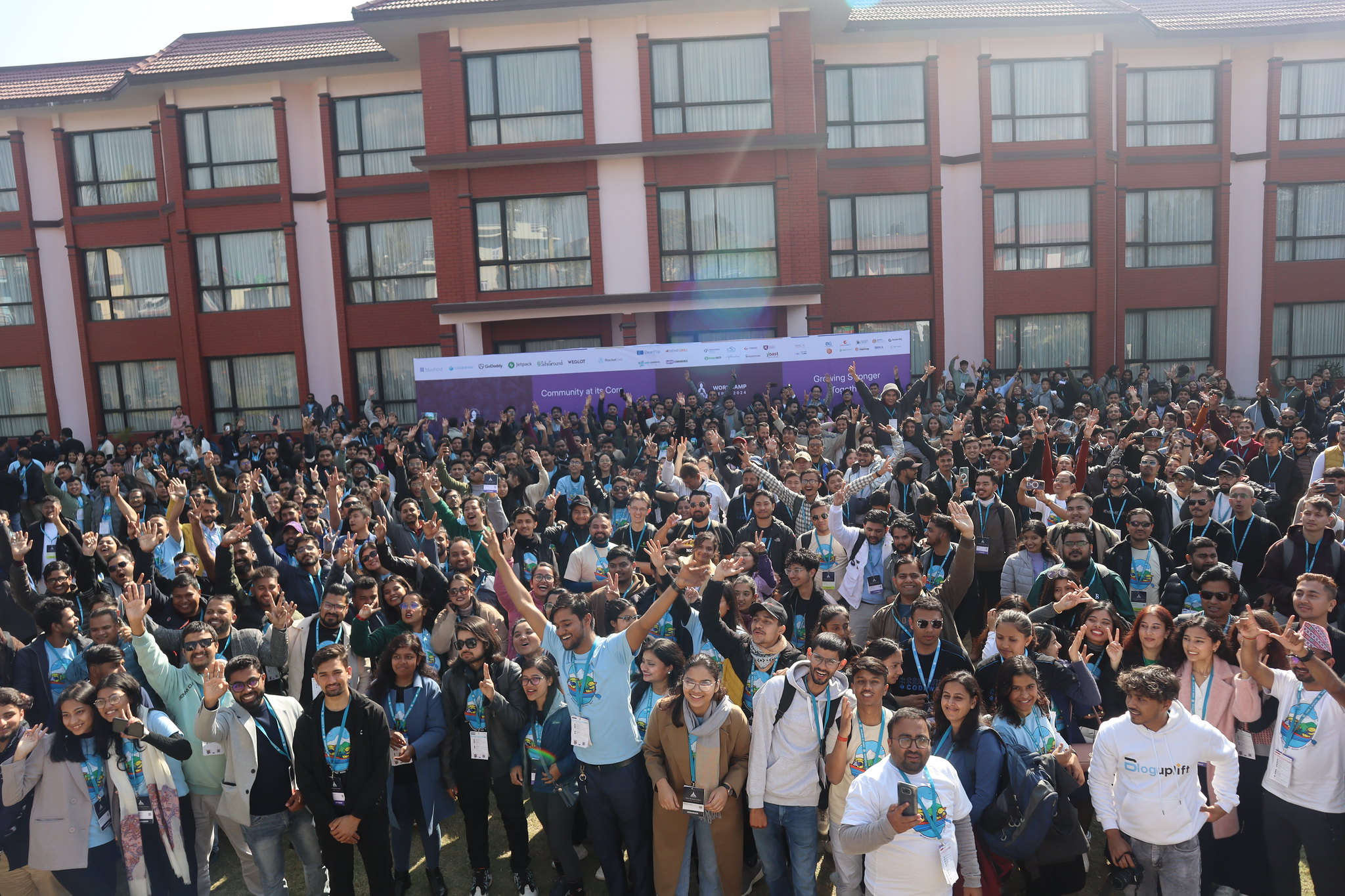NEA’s new leadership as per ‘right man at right place’concept: Minister Bhusal

KATHMANDU: AUGUST 17 – Minister for Energy, Water Resources and Irrigation Pampha Bhusal has stated the Nepal Electricity Authority (NEA) got the new leadership as per the ‘Right man at the right place’ concept.
Minister Bhusal’s statement has a bearing with the appointment of Kulman Ghising as the executive director in the NEA recently.
Ghising had already served in the NEA in the same position and made a remarkable achievements by addressing the power outage plaguing the country for so long.
The Energy Minister expressed her confidence that the new leadership would be successful in managing the national aspirations by ensuring good governance in the organization and through its effective execution.
At a programme organized on the occasion of the 36th anniversary of the NEA here today, Minister Bhusal instructed Ghising to take stern action against those offering kickback or securing recommendations while promoting or transferring the NEA’s staffers.
Bhusal also shared the old leadership of erstwhile Energy Minister Posta Bahadur Bogati had already initiated programmes aimed at reforming the NEA.
Underwriting the accumulated loss worth Rs 28 million was one of the initiatives undertaken by the then leadership, according to her.
On the occasion, the Minister directed the concerned authorities to take forward the works ensuring cent per cent electrification in the country within two years.
She also informed that her Ministry would accelerate the construction of cross-country transmission lines such as the New Butwal-Gorakhpur transmission line.
Secretary at the Ministry of Energy, Water Resources and Irrigation Devendra Karki pledged utmost support from the Ministry to establish the NEA as a strong and capable organization.
NEA secures three billion profit, 5.8 million customers have access to electricity.
The number of Nepal Electricity Authority (NEA)’s customers has reached 4.53 million.
There was a 7.37 per cent rise in the number of NEA customers last fiscal to reach 4.53 million against 4.22 million in the previous year. Similarly, the number of customers outside NEA services has reached 550,000. So now the number of clients having access to electricity has reached 5.8 million.
As per the information shared on the occasion of the 36th anniversary of NEA, 74 districts across the country are connected with the NEA central transmission line. Kalikot and Jumla were connected to the national grid just last fiscal year. The NEA plans to reach to remaining three districts Dolpa, Mugu and Humla with its service within the next two years.
According to NEA executive director Kulman Ghising, some 90 per cent population in the country have access to electricity to grid facility in a basic level. As Ghising said, the power supply is not enough to ensure people’s access to electricity, but provide reliable and effective service was the challenge that NEA is facing at the hour.
COVID-19 increases pilferage
NEA has accepted that it has not been able to take effective measures to control electricity pilferage that has been found increasing due to the COVID-19 situation. An increment of one per cent in pilferage means nearly Rs 700 million loss to the NEA.
It is said pilferage increased by nearly two per cent in the Fiscal Year 2020/21, which means NEA suffered a loss of Rs 1.40 billion due to this. There was 17.18 per cent power pilferage in FY 2020/21, which is more by 1.91 per cent compared to FY 2019/20.
Increased electricity consumption, inability to implement the pilferage control programme effectively due to the COVID-19 and metre reading not taking place regularly were the reasons for the increased pilferage, NEA said.
Executive Director Ghising on the occasion asserted that they were planning to pursue the pilferage control programme in an effective manner.
Altogether 2.81 billion units of electricity was produced in the country from NEA’s powerhouses and the small powerhouses in FY 2020/21. A total of 3.02 billion units of power was generated in FY 2019/20.
The private sector operated powerhouses produced 2.99 billion units of power in FY 2019/20. It increased by 8.36 per cent to reach 3.24 billion units.
Similarly, 1.73 billion units of electricity was purchased from India in FY 2019/20. Two billion 82 million units of electricity was purchased in FY 2020/21, 63.45 per cent more than the previous fiscal year.
-Ramesh Lamsal/RSS


